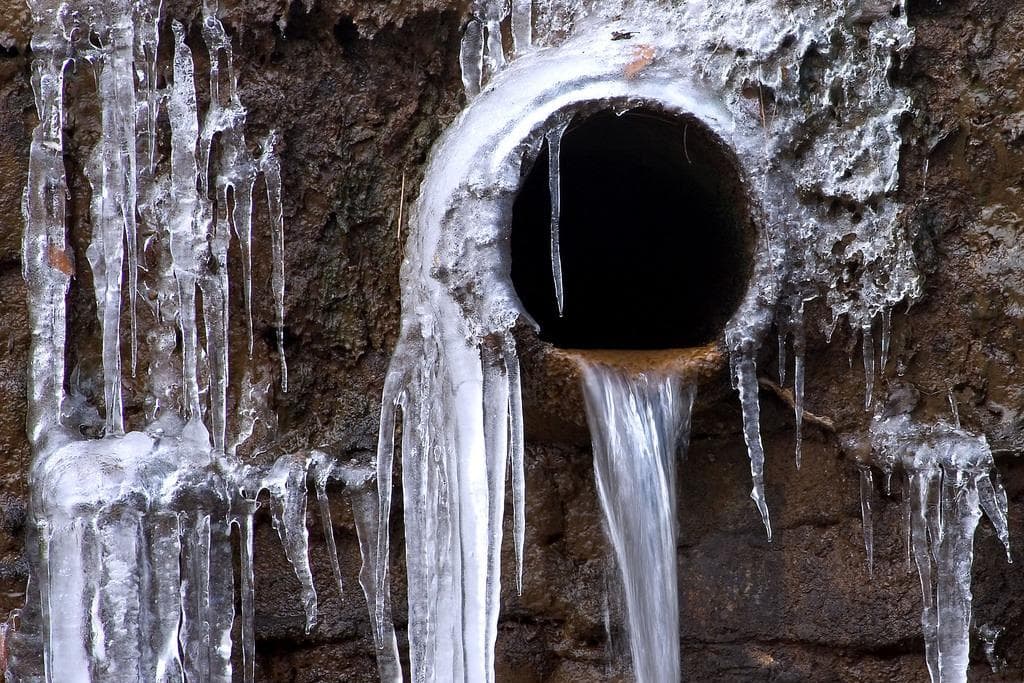Crucial Tips to Avoid Frozen Pipes in Winter: Specialist Insights
Crucial Tips to Avoid Frozen Pipes in Winter: Specialist Insights
Blog Article
How do you actually feel on the subject of How To Avoid Freezing Pipes?

Cold weather can damage your plumbing, particularly by freezing pipes. Right here's just how to stop it from taking place and what to do if it does.
Introduction
As temperatures decline, the danger of frozen pipes increases, possibly causing costly repair services and water damages. Comprehending exactly how to prevent icy pipelines is vital for property owners in chilly climates.
Understanding Frozen Pipes
What causes pipes to freeze?
Pipelines ice up when revealed to temperature levels listed below 32 ° F (0 ° C) for expanded durations. As water inside the pipelines freezes, it expands, taxing the pipeline walls and potentially causing them to break.
Risks and damages
Icy pipelines can cause water supply interruptions, home damage, and expensive repair services. Burst pipelines can flood homes and create considerable architectural damage.
Indications of Frozen Pipes
Identifying icy pipes early can prevent them from bursting.
Exactly how to identify frozen pipes
Search for decreased water circulation from faucets, uncommon smells or noises from pipelines, and noticeable frost on revealed pipes.
Avoidance Tips
Protecting at risk pipes
Cover pipelines in insulation sleeves or make use of warmth tape to safeguard them from freezing temperatures. Focus on pipelines in unheated or outside areas of the home.
Home heating methods
Keep indoor spaces sufficiently heated, specifically locations with pipes. Open closet doors to enable cozy air to circulate around pipelines under sinks.
Protecting Exterior Plumbing
Yard pipes and outside faucets
Detach and drain garden hoses before wintertime. Set up frost-proof spigots or cover outdoor taps with protected caps.
What to Do If Your Pipes Freeze
Immediate activities to take
If you suspect icy pipes, keep taps open to eliminate pressure as the ice thaws. Use a hairdryer or towels taken in hot water to thaw pipelines slowly.
Long-Term Solutions
Architectural adjustments
Think about rerouting pipes away from exterior walls or unheated areas. Add added insulation to attic rooms, cellars, and crawl spaces.
Updating insulation
Purchase top quality insulation for pipes, attic rooms, and wall surfaces. Proper insulation assists keep regular temperature levels and lowers the risk of frozen pipes.
Verdict
Protecting against icy pipelines calls for positive actions and fast responses. By recognizing the causes, signs, and preventive measures, property owners can secure their plumbing throughout winter.
5 Ways to Prevent Frozen Pipes
Drain Outdoor Faucets and Disconnect Hoses
First, close the shut-off valve that controls the flow of water in the pipe to your outdoor faucet. Then, head outside to disconnect and drain your hose and open the outdoor faucet to allow the water to completely drain out of the line. Turn off the faucet when done. Finally, head back to the shut-off valve and drain the remaining water inside the pipe into a bucket or container. Additionally, if you have a home irrigation system, you should consider hiring an expert to clear the system of water each year.
Insulate Pipes
One of the best and most cost-effective methods for preventing frozen water pipes is to wrap your pipes with insulation. This is especially important for areas in your home that aren’t exposed to heat, such as an attic. We suggest using foam sleeves, which can typically be found at your local hardware store.
Keep Heat Running at 65
Your pipes are located inside your walls, and the temperature there is much colder than the rest of the house. To prevent your pipes from freezing, The Insurance Information Institute suggests that you keep your home heated to at least 65 degrees, even when traveling. You may want to invest in smart devices that can keep an eye on the temperature in your home while you’re away.
Leave Water Dripping
Moving water — even a small trickle — can prevent ice from forming inside your pipes. When freezing temps are imminent, start a drip of water from all faucets that serve exposed pipes. Leaving a few faucets running will also help relieve pressure inside the pipes and help prevent a rupture if the water inside freezes.
Open Cupboard Doors
Warm your kitchen and bathroom pipes by opening cupboards and vanities. You should also leave your interior doors ajar to help warm air circulate evenly throughout your home.

Do you enjoy reading about Prevent Frozen Pipes ? Make feedback down below. We would be glad to listen to your ideas about this blog. We are looking forward that you come back again in the future. Sharing is nice. Helping others is fun. We love reading our article about How To Avoid Freezing Pipes.
Click Here Report this page